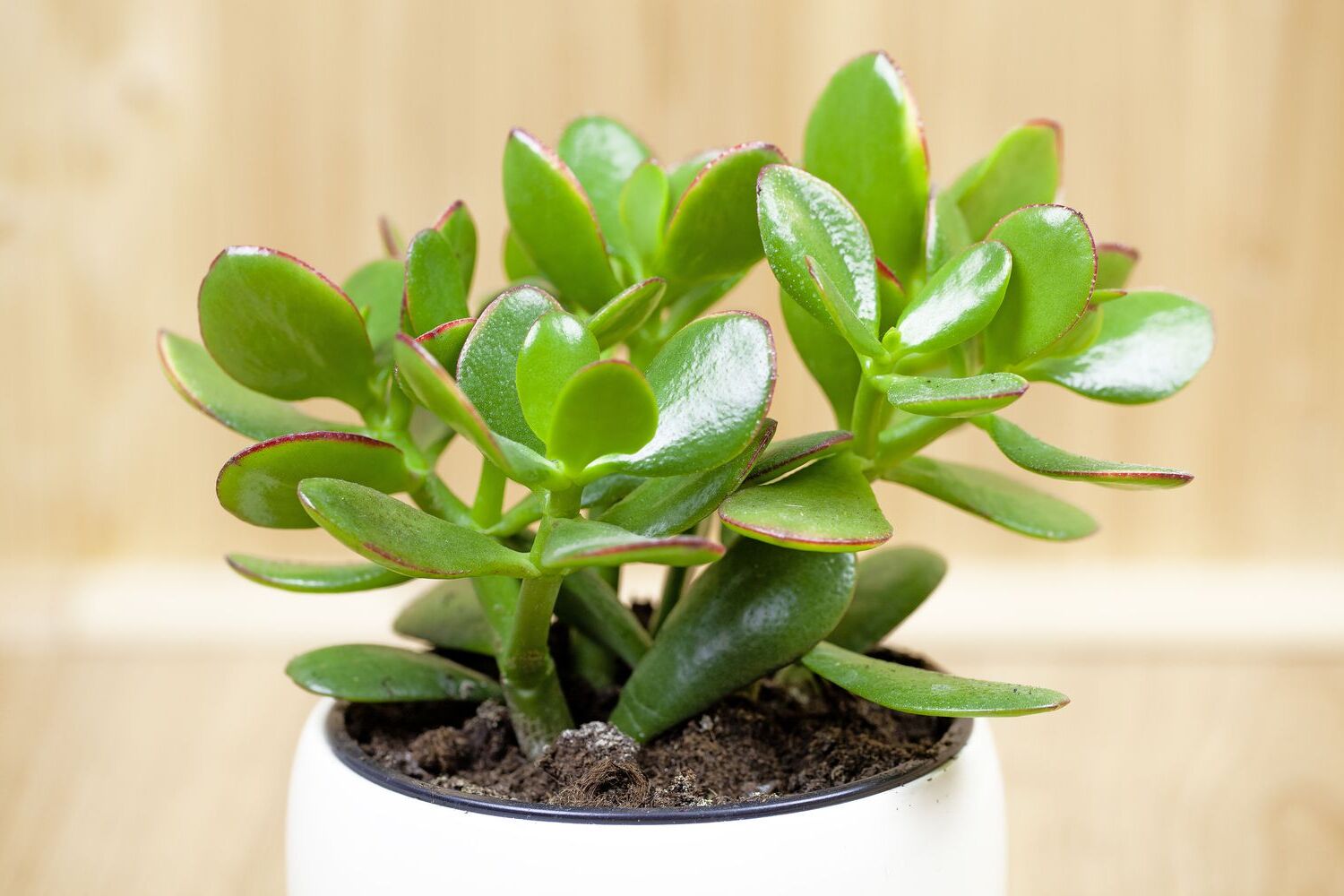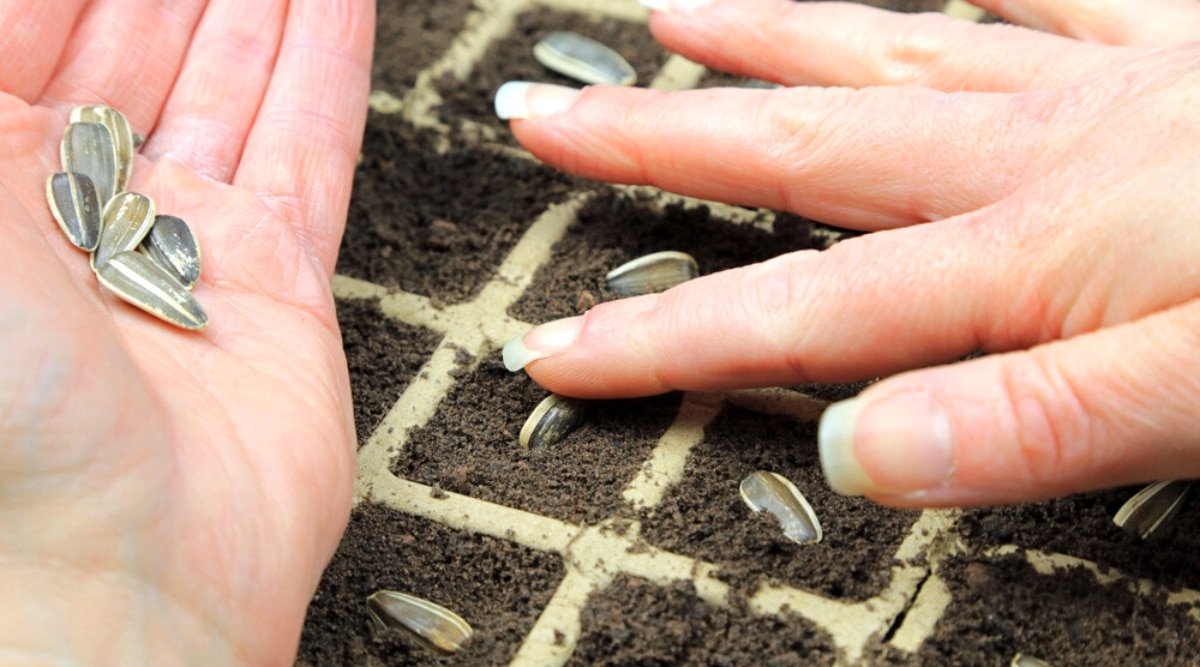Home>Ideas and Tips>The Best Indoor Plants For Air Purification


Ideas and Tips
The Best Indoor Plants For Air Purification
Published: September 26, 2024
Discover the best indoor plants for air purification. Improve your home's air quality with these easy-to-care-for plants that remove toxins and boost well-being.
(Many of the links in this article redirect to a specific reviewed product. Your purchase of these products through affiliate links helps to generate commission for Storables.com, at no extra cost. Learn more)
Indoor air quality is a critical aspect of maintaining a healthy living environment, especially given that people spend up to 90% of their lives indoors. Poor air quality can lead to various health issues, including headaches, allergies, respiratory problems, and even long-term risks such as heart disease and many cancers. One effective way to improve indoor air quality is by adding indoor plants to your living space. In this article, we will explore the best indoor plants for air purification, their benefits, and how to care for them.
The Importance of Indoor Air Quality
Indoor air quality is crucial for maintaining a healthy environment. The air we breathe indoors can be filled with pollutants such as volatile organic compounds (VOCs), formaldehyde, benzene, and trichloroethylene. These toxins are commonly found in household cleaning products, furniture, and building materials. Prolonged exposure to these pollutants can lead to immediate health effects like watery eyes, throat irritation, and dizziness. Long-term exposure can result in more serious health issues such as heart and respiratory diseases, and can exacerbate existing conditions like asthma.
How Indoor Plants Improve Air Quality
Indoor plants are natural air purifiers that absorb harmful toxins and chemicals from the air. They release oxygen and help regulate humidity levels, creating a cleaner and fresher environment. Here are some key benefits of indoor vegetation on air quality:
Air Purification
Indoor plants are capable of removing harmful VOCs from the air. For example, the NASA study on indoor air purification identified several plants that are effective in removing formaldehyde, benzene, and trichloroethylene. These pollutants are commonly found in household products and materials, making indoor plants a valuable tool for improving air quality.
Humidity Regulation
Plants release moisture into the air through transpiration, which helps regulate indoor humidity levels. This is particularly beneficial during the winter months when indoor heating can dry out the air, leading to dry skin and respiratory problems.
Stress Reduction and Mental Health Benefits
Adding plants to your living space can have a significant impact on your mental health and wellbeing. Studies have shown that indoor plants can reduce stress levels, boost mood, and improve concentration. Simply being in the presence of plants can help create a calming and relaxing environment, which can positively affect your overall mental wellbeing.
Noise Reduction
Indoor plants also have the ability to absorb sound waves, reducing noise levels in your living space. This can be especially useful if you live in a noisy area or have thin walls, where noise from outside or adjacent apartments can be a constant source of irritation. By strategically placing plants around your living space, you can create a natural sound barrier that helps to create a quieter, more peaceful environment.
The Best Indoor Plants for Air Purification
Several indoor plants are known for their air-purifying properties. Here are some of the best options:
1. Spider Plant (Chlorophytum comosum)
The spider plant is one of the easiest to care for and is known for removing formaldehyde and xylene from the air. It produces small plantlets on long trailing stems that vaguely resemble spiders, giving it its name. Spider plants are easy to propagate and can thrive in a variety of lighting conditions, making them an excellent choice for beginners.
2. Snake Plant (Sansevieria trifasciata)
The snake plant, also known as mother-in-law's tongue, is a low-maintenance plant that can thrive in any kind of light. It is particularly effective in removing benzene, formaldehyde, and trichloroethylene from the air. Snake plants are also known for releasing oxygen at night, making them a great choice for bedrooms.
Read more: The Best Plants For A Beautiful Indoor Oasis
3. Peace Lily (Spathiphyllum wallisii)
The peace lily is another excellent air-purifying plant that is effective in removing benzene, formaldehyde, and trichloroethylene. It also produces beautiful white blooms and prefers well-draining soil to prevent root rot.
4. Boston Fern (Nephrolepis exaltata)
Boston ferns are excellent natural humidifiers and are effective in removing formaldehyde and xylene from the air. They grow best in medium bright light and consistently moist soil, making them a great choice for bathrooms or kitchens.
5. English Ivy (Hedera helix)
English ivy is a versatile plant that can be grown outside or indoors. It is effective in lowering levels of carbon dioxide, formaldehyde, and toxins in the air. It grows well in hanging baskets or pots and can be trained to grow along a trellis or shape.
6. Bamboo Palm (Chamaedorea seifrizii)
The bamboo palm helps battle formaldehyde, benzene, and trichloroethylene in indoor air. It thrives in humid environments and can grow up to 7 feet tall if placed in a large container. Regular trimming can help limit its size if it's placed in a small container.
7. Chinese Evergreen (Aglaonema spp.)
Chinese evergreens are tropical plants that love humidity and don't need bright sun. They are great for removing formaldehyde and benzene from the air but are poisonous to pets according to the American Society for the Prevention of Cruelty to Animals (ASPCA).
8. Chrysanthemum
Chrysanthemums add a pop of color to your home and are considered one of the top choices for air purification. However, they only filter airborne substances while their flowers are in bloom.
9. Dracaena (Dracaena spp.)
Dracaena plants do a great job filtering out formaldehyde, benzene, and trichloroethylene. They are easy to care for as long as they don't get too much water. However, they are toxic to cats and dogs according to the ASPCA.
10. Money Plant (Epipremnum aureum)
The money plant, also known as pothos or devil’s ivy, is grown mainly indoors and helps purify the air by removing pollutants. It thrives best in medium to bright indirect light and requires regular watering but should not be overwatered.
Read more: The Best Plants For A Cozy Indoor Garden
11. Areca Palm (Dypsis lutescens)
The areca palm filters xylene and toluene from the air and works as a natural humidifier and cooler. It can be grown anywhere in the house in indirect sunlight but exposure to direct sunlight will turn its leaves yellow.
12. Aloe Vera
Aloe vera is famous for its medicinal purposes but also clears formaldehyde and benzene from the air, thus purifying it. It prefers dry and warm conditions rather than wet and cold ones, making it an excellent choice for sunny windows.
13. Song of India (Dracaena reflexa)
The song of India removes a considerable amount of toxins from the environment with its attractive leaves. It can withstand some neglect and is easy to grow but requires high humidity to thrive.
14. Weeping Fig (Ficus benjamina)
The weeping fig initially takes time to grow but once complete can grow up to 10 feet tall. It helps clean up indoor air by removing widespread airborne toxins and increasing oxygen levels. It prefers bright light but can tolerate poor light conditions with low to moderate water requirements.
15. Rubber Plant (Ficus elastica)
The rubber plant cleans up indoor air by releasing high levels of oxygen and removing toxic chemicals such as formaldehyde. It has been observed that as time goes on, the rubber plant becomes even more efficient at eliminating toxic compounds from the air. It needs filtered light and frequent watering.
Caring for Your Air-Purifying Plants
While indoor plants offer numerous benefits for air purification, proper care is essential to ensure they continue to thrive and effectively clean your indoor air. Here are some tips for caring for your air-purifying plants:
Lighting Conditions
Different plants have varying lighting requirements. Some plants prefer bright direct sunlight while others thrive in medium or low light conditions. For example:
- Spider Plant: Prefers medium to bright indirect light.
- Snake Plant: Can thrive in any kind of light.
- Peace Lily: Prefers well-draining soil and medium bright light.
- Boston Fern: Grows best in medium bright light and consistently moist soil.
- English Ivy: Grows well in direct sunlight but can tolerate poor light conditions.
Watering
Overwatering is one of the most common mistakes people make when caring for indoor plants. Here’s how you should water your plants:
- Spider Plant: Water when the top inch of soil feels dry.
- Snake Plant: Water only when the soil is dry.
- Peace Lily: Water thoroughly once a week during spring and summer months; reduce watering during fall and winter months.
- Boston Fern: Consistently moist soil is required; avoid overwatering which can lead to root rot.
- English Ivy: Water thoroughly once the soil dries out; avoid overwatering which can cause root rot.
Humidity Levels
Some plants prefer high humidity levels while others can tolerate low humidity. Here’s how you should manage humidity levels for different plants:
- Boston Fern: Requires consistently moist soil; place it in a bathroom or kitchen where humidity levels are higher.
- Areca Palm: Works as a natural humidifier; place it in areas where you want to increase humidity levels.
- Song of India: Requires high humidity to thrive; place it near a humidifier or in a bathroom.
Pest Control
Plants can attract pests like insects and spiders, which can negatively affect indoor air quality. Regular maintenance and cleaning can help prevent pest infestations:
- Check for pests regularly by inspecting leaves and stems for signs of infestation.
- Use insecticidal soap if you notice any pests; avoid using chemical pesticides as they can harm humans and pets.
Allergies Considerations
While plants can improve air quality, they can also trigger allergies in some people. If you have allergies or asthma, it’s essential to research which plants are safe for your particular health needs:
- Some plants release allergens, such as English Ivy which can cause skin irritation and respiratory problems in some individuals.
- Choose hypoallergenic options, such as Snake Plants or Spider Plants which are less likely to trigger allergies.
Conclusion
Adding indoor plants to your living space is an effective way to improve indoor air quality while also providing numerous mental health benefits. By selecting the right plants based on their air-purifying properties and proper care requirements, you can enjoy cleaner air and a healthier environment. Remember to consider potential cons such as allergies, overwatering, and pest problems when selecting your indoor plants. With proper care and maintenance, these plants will continue to thrive and provide you with cleaner air for years to come.
In conclusion, incorporating air-purifying plants into your home is a simple yet powerful step towards creating a healthier living environment. By understanding the benefits of these plants and how to care for them effectively, you can significantly improve the quality of the air you breathe indoors. Whether you're looking to reduce stress levels or simply want cleaner air for better health outcomes, there's an indoor plant out there tailored specifically for your needs. So go ahead—bring home some of the best air-purifying plants available today
Was this page helpful?
At Storables.com, we guarantee accurate and reliable information. Our content, validated by Expert Board Contributors, is crafted following stringent Editorial Policies. We're committed to providing you with well-researched, expert-backed insights for all your informational needs.










0 thoughts on “The Best Indoor Plants For Air Purification”